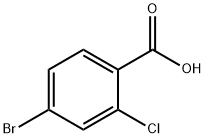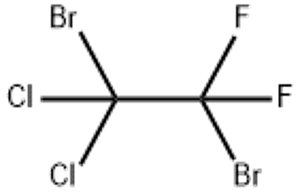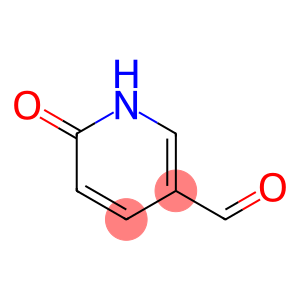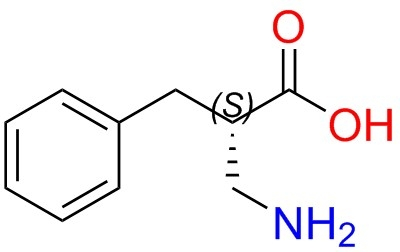2-Chloro-3-picoline(CAS# 18368-76-8)
Risk and Safety
| Risk Codes | R36/37/38 – Irritating to eyes, respiratory system and skin. R20/21/22 – Harmful by inhalation, in contact with skin and if swallowed. |
| Safety Description | S26 – In case of contact with eyes, rinse immediately with plenty of water and seek medical advice. S36 – Wear suitable protective clothing. S36/37/39 – Wear suitable protective clothing, gloves and eye/face protection. |
| UN IDs | 2810 |
| WGK Germany | 3 |
| HS Code | 29333990 |
| Hazard Class | 6.1 |
| Packing Group | III |
2-Chloro-3-picoline(CAS# 18368-76-8) Introduction
-Appearance: Colorless or light yellow liquid.
-relative molecular mass: 129.57.
-Melting point:-30 ° C.
-Boiling point: 169-171 ° C.
-Density: about 1.158g/cm³.
-Solubility: Soluble in anhydrous ether, chloroform, benzene and ethanol.Use:
-2-chloroo-3-methylpyridine can be used as an important intermediate in organic synthesis and used in the synthesis of other organic compounds.
-It can be used as raw materials in the field of pesticides and pharmaceuticals.
Method:
The preparation of 2-chloro-3-methylpyridine is generally carried out by the following method:
-Electrophilic substitution reaction of pyridine, treatment of pyridine with chloroacetic acid and ferrous chloride to generate chloropyridine.
-Then react with methyl alcohol and hydrochloric acid to produce 2-chloro-3-methylpyriridine.
Safety Information:
- 2-chloro-3-methylpyridine is an organic compound. Appropriate safety measures should be taken when handling, such as wearing protective gloves and glasses, and maintaining good ventilation.
-Avoid contact with skin and eyes. If contact occurs, rinse immediately with plenty of water and seek medical help.
-Keep away from open flames and heat sources during storage and use to prevent harmful gases.



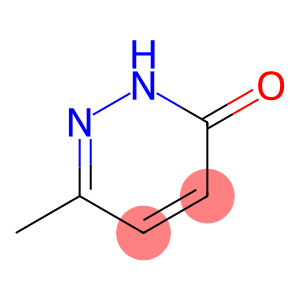
![1H-Pyrrolo[2,3-b]pyridine-2-carboxylic acid, methyl ester(CAS#394223-02-0)](https://www.xinchem.com/uploads/1H-Pyrrolo23-bpyridine-2-carboxylic-acid-methyl-ester.gif)
